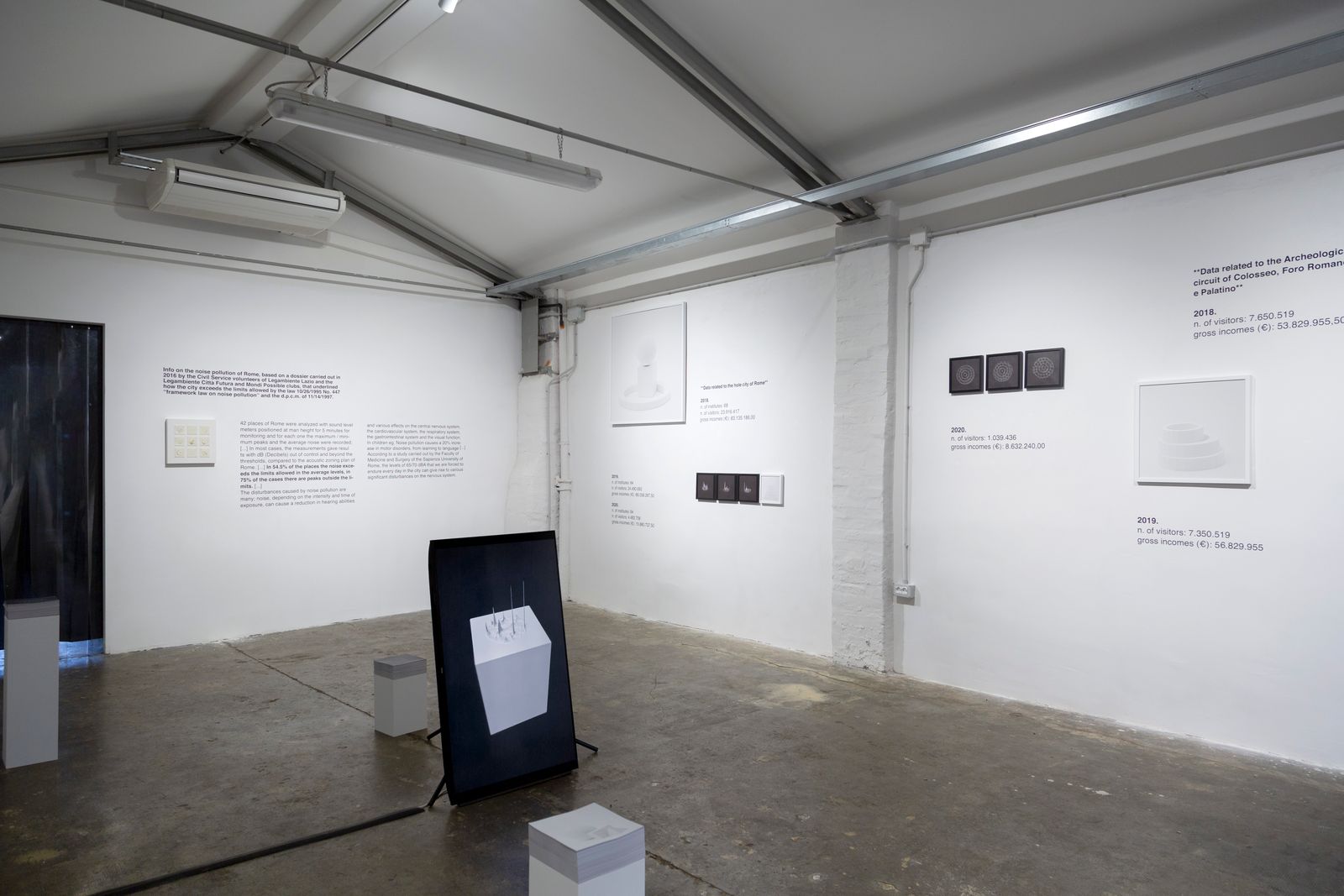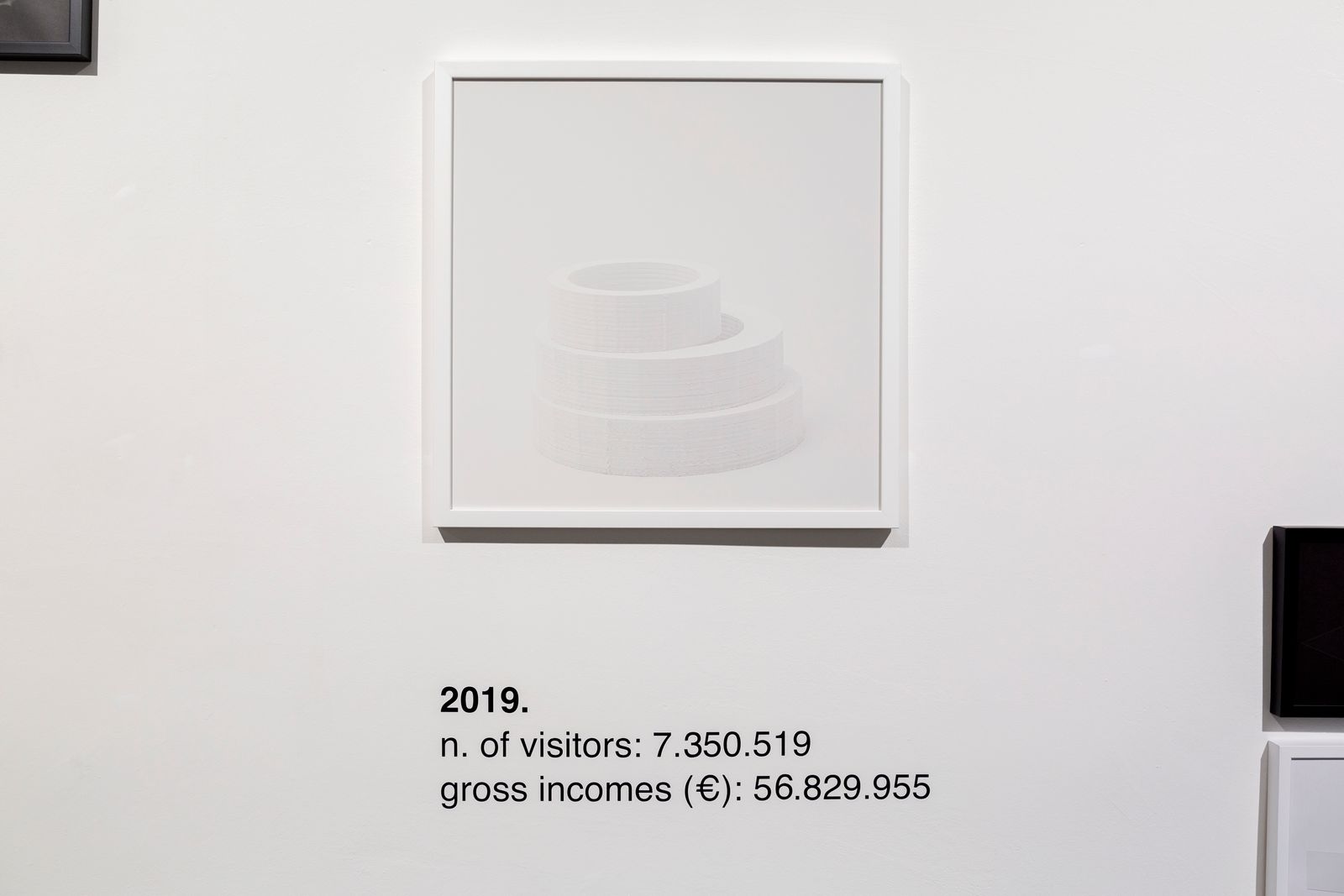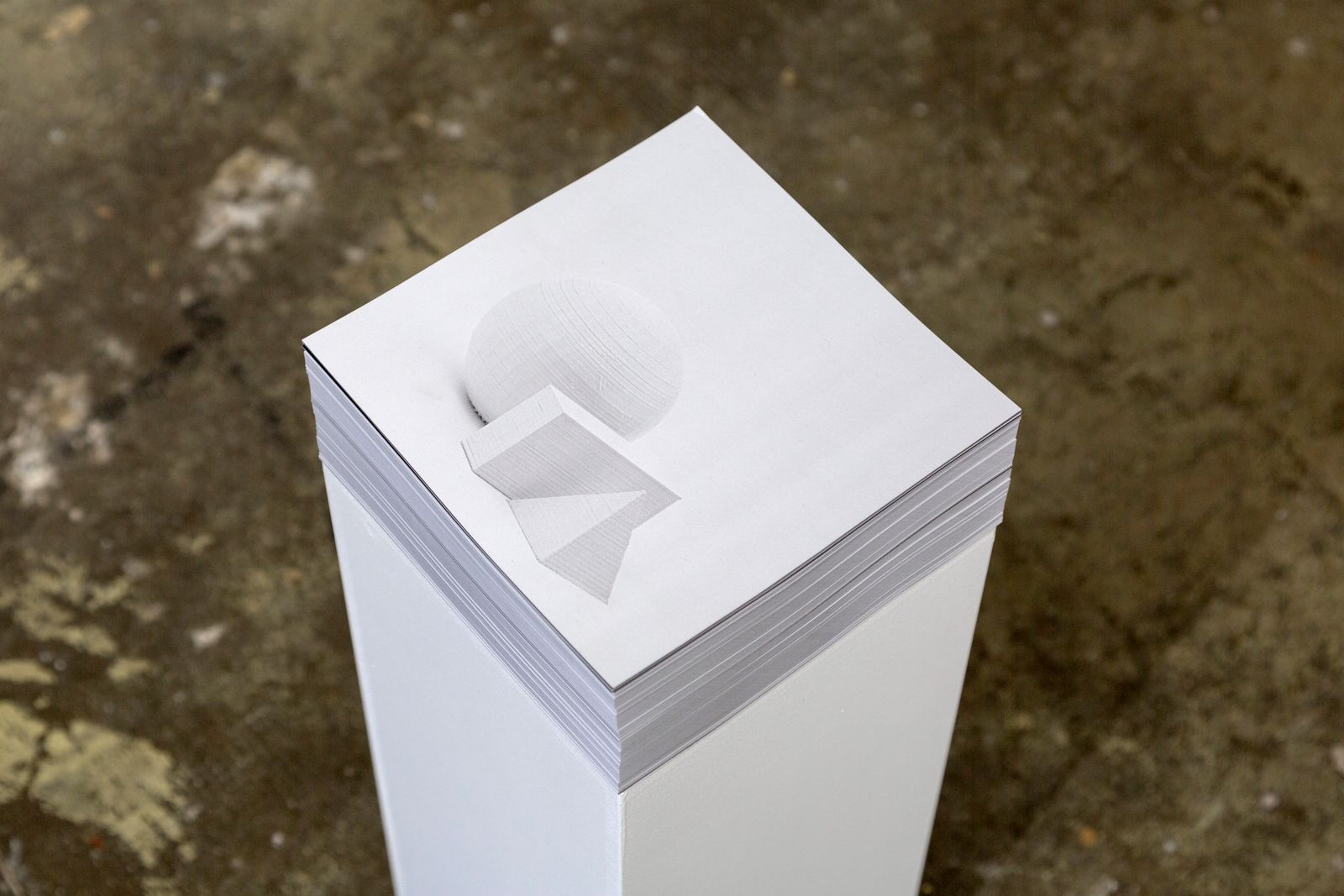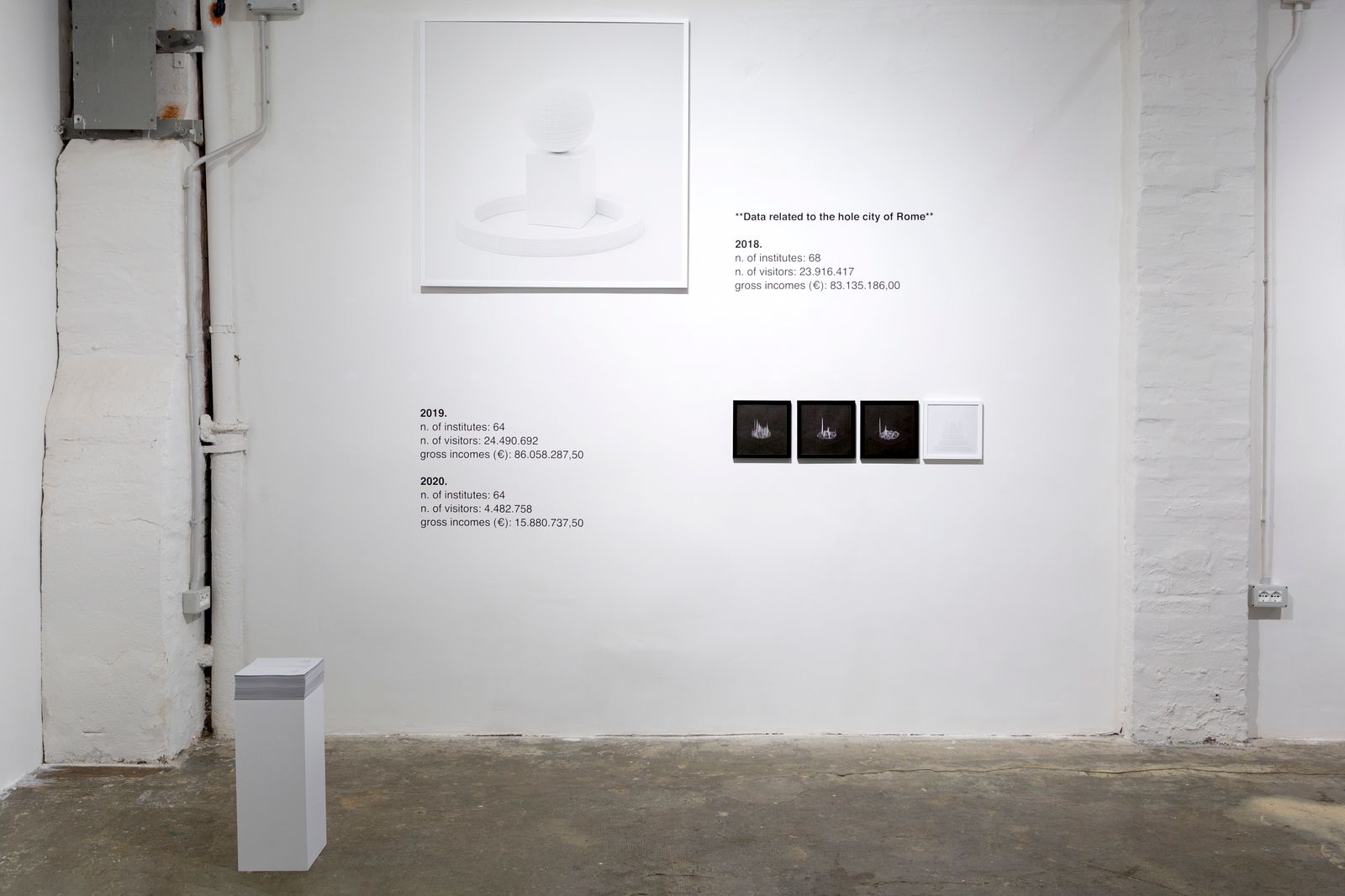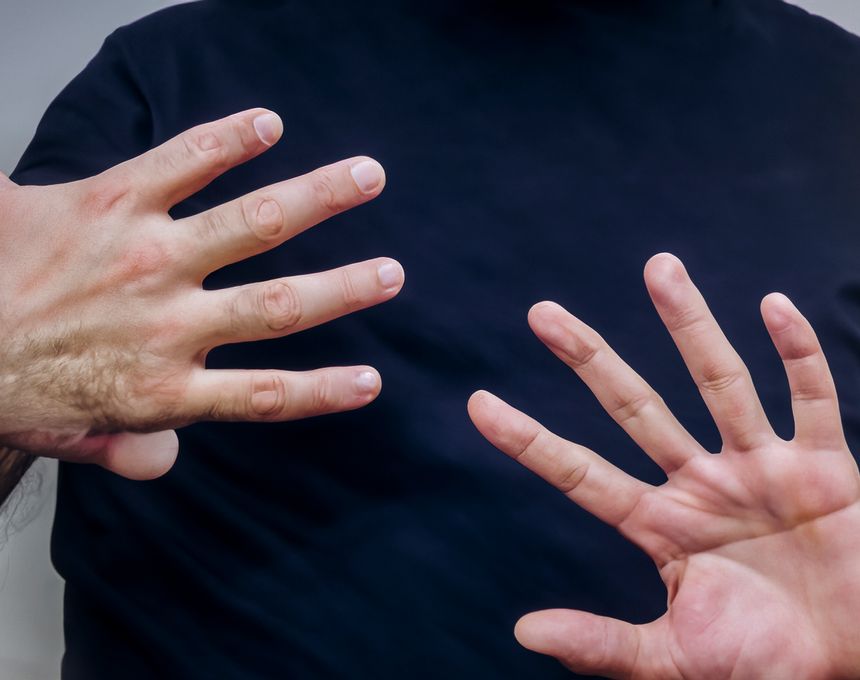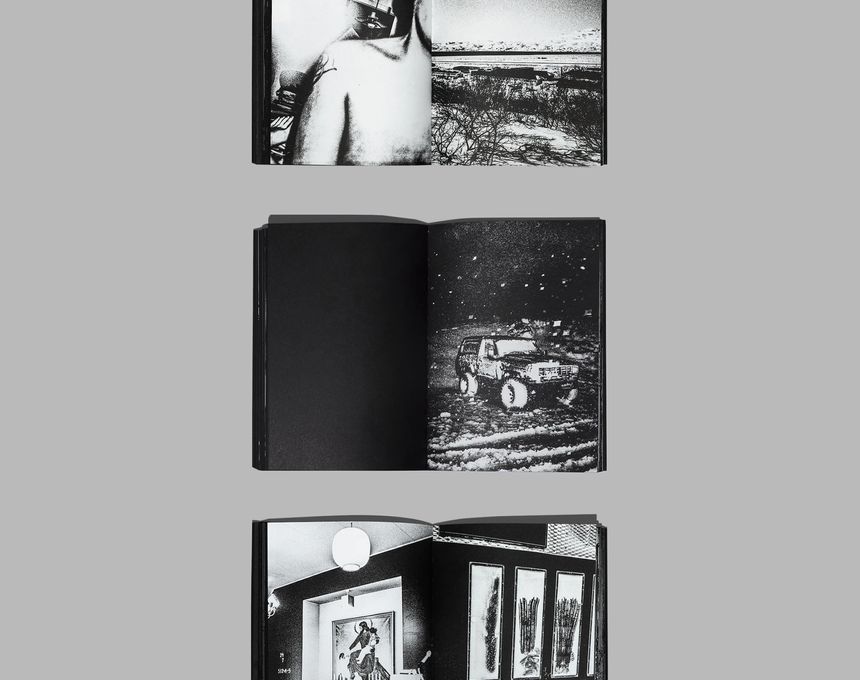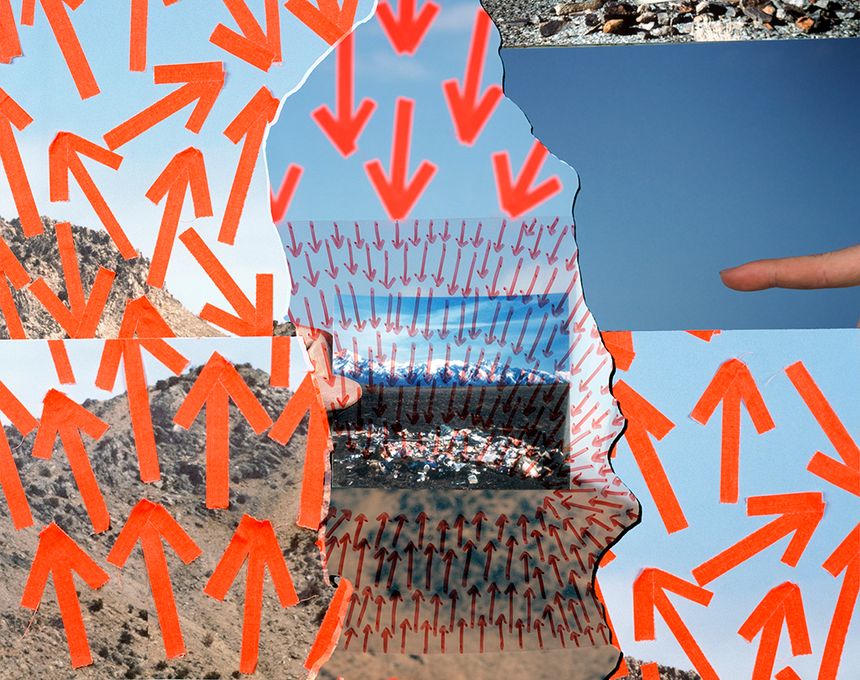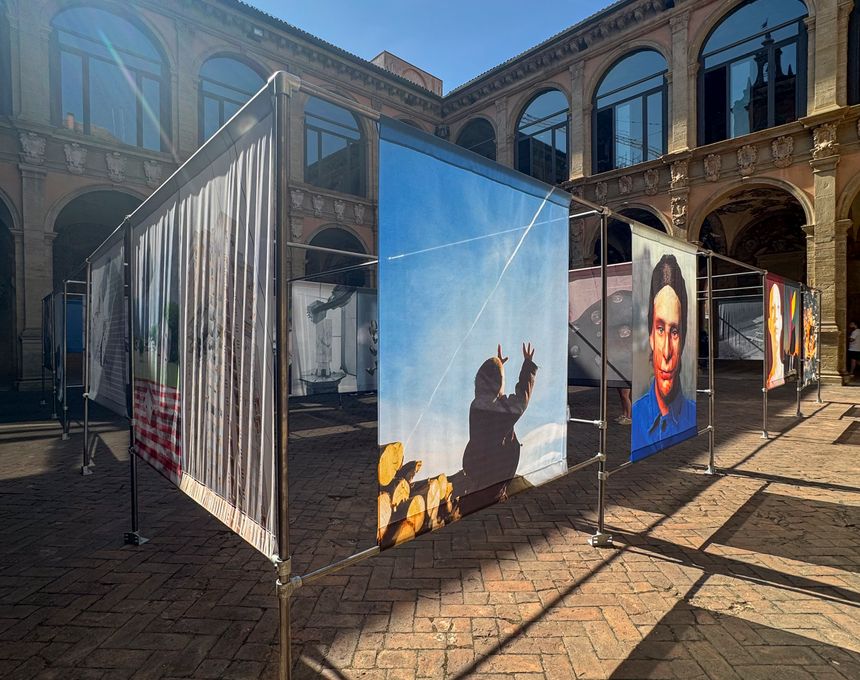Priscilla Pallante's Silent Rome Challenges Iconographies and Sensory Representations
-
Published2 Feb 2023
-
Author
On show at PhMuseum Lab for ART CITY Bologna 2023, Priscilla Pallante's Augmented Rome is offering us an alternative reading of the Italian capital. In conversation with the artist, we access chains of multisensory translations.
Entering PhMuseum Lab, the Rome we encounter bears little memory of what we would see and feel if wandering around the streets of the city. Chaos is transformed into silent images. The hectic life of historical sites is translated into numbers. Complex architectures are synthesized into abstract structures. Employing the so-called techniques of cymatics - the science studying the visible effects of acoustics - the noise of tourist attractions is made tangible: the sounds recorded by the artist on site are processed through a liquid, where particles react to their waves and generate images. First photographed from a zenithal perspective, then translated into data-driven 3D models, this movement is eventually giving deafening sounds a visual, analytical shape.
Although completely detached from anything we might remember or expect, much of the Rome we know is actually here: reduced, translated, deconstructed, to be again put together and offer us an alternative reading. How much of a place is left out of its codified, well-established iconographies? How much of the overly-represented place that is Rome can actually still lay silent, still untold?
When walking in the exhibition space, can you still sense concrete links to your original experience of the city, or has it evolved into a completely new, parallel world? What brought you there, in the first place?
This body of work was born at a moment when I felt particularly overwhelmed by Rome. It originated out of a sort of self-inflicted act of violence of mine - the fact of deciding, instead of stepping away, to stay and ask myself the reasons why I felt this vivid disease, which I could not either see or identify. With time and constant walks, I understood it was the weight of the city's sounds. Giving a body and an image to this weight became fundamental: to this Rome you could not see with the naked eye, but subtly infiltrating and pulsing underneath your body while crossing it. Something we might, erroneously, call a “void”.
The exhibition path presented at PhMuseum Lab represents this hidden city substratum. At the same time, just as you would walk in a physical city, it is a parallel space where movement is key. The uncomfortableness of moving around reflects that of big cities like Rome: there are always several directions to look at, obstacles to go around, and diverse visual, tactile, and sound shapes to confront with.
A place is a collection of what we see, hear, and smell - the air we walk through, the people we clash into, the texture of the surfaces we encounter... Representations, though, often bear very little of this sensorial mixture. How does your Augmented Rome relate to the multi-sensorial aspect of reality?
The exhibition space is a very lacunous space. There, sensorial aspects are broken down into several parts, in order to make them more accessible. In the ideal space of Augmented Rome, sound-produced images are separated from sound, original architectural shapes follow a reduction process transforming them into bi-dimensional images, sounds become physical objects, and the human presence is turned into numerical data. Even though the sensation you feel is synesthetic, it is actually born out of a deconstructive process where reality is separated into bits and pieces. The resulting experience is limited - just as inhabiting the real world is. It is a continuous operation of subtraction and simplification, eventually augmenting the perception of those who walk in the space.
On the exhibition walls, we read numerical data about Rome’s historical sites: the number of visitors they hosted, and the income they generated. Your images also heavily rely on data collection and processing. What do you think these numbers can say to us, and how are you approaching quantification in your work?
Leibniz claimed that the whole universe could be represented through numbers and that any possible choice could be seen as either a zero or a one. Augmented Rome is born out of a philosophical tradition that, starting from Hobbes, identifies reasoning as computation and sees the breaking down of complex problems into small parts as an effective strategy to get solutions. The sound data live-recorded for six months next to nine touristic sites, the ISTAT reports relative to human presence near them, and the measure of their economic impact, are allowing for an analysis that tackles diverse layers of the life of such a complex city as Rome is. This data is reflecting the enormous change the pandemic caused to the city's life. Work, just like tourism, was at a standstill. The sound weight of the city was changing. This had of course an impact on the way I perceived my project. Collecting data then allowed me to frame, in a pretentiously objective way, the effects of these transformations (by measuring the economic impact) as well as their causes (the data relating to institutions and touristic participation).
The installation comprises a set of podiums with piles of images stacked on top. Printed on them are 3D models and data-based shapes. As quite unusual postcards of the eternal city, they suggest the idea that alternative visions of it could circulate, challenging Rome’s well-established iconography. What was it like to visually confront a place bearing such a solid, codified visual imaginary? What is the urgency in contributing to it, inventing new ways of looking at things?
In these monoliths, each dedicated to a specific historical site, the formal synthesis of architecture, the sound representations, their translation in tridimensional shapes, and the related numerical data are physically stratified. Each time an image is taken away from this pile, the exhibition space is changing. With this, I wanted to underline the evolving nature of things, as well as the layered, in-depth analysis characterizing the process of this body of work.
As hypothetical souvenirs from an alternative Rome, this printed matter lives autonomously as portions of a possible city and, at the same time, as collectible and cumulative items. In the urgency of reducing and simplifying, of disciplining chaos into a shape, those invisible aspects that just don’t make it in the settled and well-recognizable iconography of Rome are made visible. In this way, the project does not encourage the repetition and growth of the visual information we already have, in such huge amounts of material, at hand.
Your project entails quite a long chain of translations: from the actual space of Rome to its sound-related data, to a visual medium representing it, to an exhibition space condensing and recreating this journey. Augmented Rome is now a new, physical place, far away from its original, interacting with pre-existing architecture. How does it feel to reach this step, and what role does physicality play in showing your work?
Physicality in my work is fundamental. Just as bodies have an influence on space as they traverse it, space acts on bodies themselves, manipulating them - it is not passive, it’s extremely active. The effects of sound pollution, for example, have largely been studied and documented through experimental studies (a part of which can also be seen in the exhibition). These have shown how sound weight can provoke physiological responses in the body, neurological damage, and movement struggles, other than attention and auditory disorders. What you see in the images representing vibrating sounds on liquids could potentially happen inside of your body, as you get across a city.
The materialization of these inquiries concerning space cannot go, in my opinion, without a reflection on the way they interact with the exhibition space: the way they modify one another. For this reason, I am persuaded that each time Augmented Rome will relate to a different environment, the work will have to slightly change and evolve accordingly. The infinite ways in which space can be lived and walked through will always have a defining influence.
The fact that this translation is happening outside of Rome itself is a step more towards the challenge of amplifying space, too: this is an aspect that is now leading me to explore strategies to “extend” physical space in a virtual space, to which it would be ideally connected, so to transcend its limits and stiff rules.
Can you tell us something about your work's possible further developments?
Questioning these physiological reactions to sound, I’m finding concrete answers to that uneasiness in walking through Rome my journey started from. I want to pursue this path, concentrating on the way bodies respond to the influences and actions of space: automatically and unwillingly reacting to external stimuli, what Damasio calls Somatic markers are manifested - concrete signs of the way we perceive, and interact with, the world around us.
--------------
When: 26 January - 6 April 2023
Opening times: Thursday 5:30pm-7:30pm
The exhibition takes place as part of ART CITY Bologna 2023 on the occasion of ARTEFIERA. Special opening dates and times are the following:2 February from 3 pm to 8 pm3 February from 3 pm to 8 pm4 February from 4 pm to midnight5 February from 3 pm to 8 pmAdmission is free. The online booking guarantees priority access but you can also register directly at the entrance. For more info, drop a line at info@phmuseumlab.com.
--------------
Priscilla Pallante (Italy, 1992) is a visual artist and researcher based in Rome. Her artistic journey began in 2016, after a three-year degree in Photography at Ied in Rome. Her work has been awarded in Italy and abroad and recently included in the catalog "222 emerging artists to invest in, 2021," published by Exibart. At the end of 2021, she published her first book, "Ciucciuì," for which she also curates the design, published by the Italian 89books. As an artist, she currently collaborates with the digital department of Matéria Gallery (Mat3ria), Rome. Since 2016 she has been working as a lab assistant and lecturer for photography specialization courses at Ied Roma.
Since 2020 she has been deputy director, curator, researcher, and book designer for Fotonica Diary, a creative hub working closely with emerging and established authors, with a focus on cross-media practices. She began her collaboration with the cultural association Yogurt Magazine & The Paper Room in 2021, on the occasion of "Charta: a photobook festival," for which she curated, among other things, the moderation of public talks. Today for Yogurt Magazine she is involved in research and is a lecturer of the "Preparatory lab for visual storytelling - liv.1."
